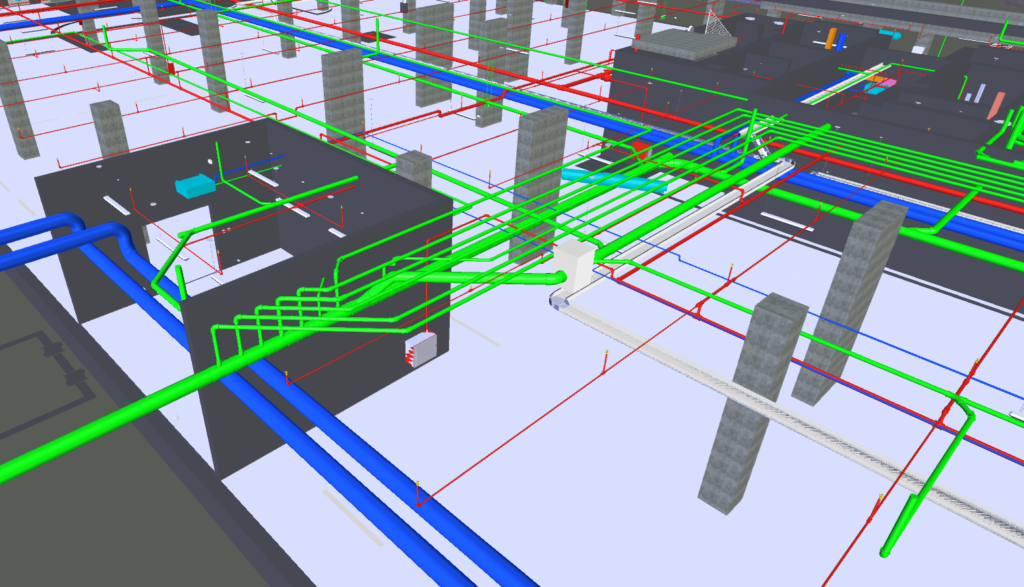Menu
Cable Riser

A Cable Riser service is typically involved in the installation and management of cables that run vertically between floors in a building, especially in commercial settings such as office buildings, data centers, or multi-story residential buildings. These services are crucial for ensuring that power, data, and communication cables are safely and efficiently routed between different levels of a structure.
Key Aspects of Cable Riser Services:
Design and Planning:
- Needs Assessment: The service provider assesses the specific requirements for cabling, including the types of cables (e.g., Ethernet, fiber optic, power cables) and the building’s layout.
- Riser Design: A detailed plan is created to show the path of cables from one floor to another, including the use of riser closets, conduits, or trays.
- Compliance: Ensuring the design meets local building codes and safety standards, such as fire-rated riser cables for fire safety.
Installation:
- Riser Path Installation: Installing the physical pathways, like conduits or trays, that will house the cables. This may involve drilling through floors, installing riser sleeves, and securing pathways.
- Cable Pulling and Routing: Running cables through the riser paths, ensuring they are properly secured and labeled for easy identification.
- Firestopping: Implementing firestop solutions at penetration points where cables pass through floors to prevent the spread of fire.
Cable Management:
- Organization: Properly bundling and securing cables to prevent tangling and reduce signal interference.
- Documentation: Providing detailed diagrams and records of cable routes and connections for future reference and maintenance.
Testing and Certification:
- Cable Testing: Ensuring that all installed cables meet performance standards (e.g., signal strength, data transmission rates).
- Certification: Providing certification that the installed cables comply with industry standards (such as TIA/EIA, BICSI standards).
Maintenance and Upgrades:
- Routine Inspections: Regularly inspecting riser pathways and cables for wear, damage, or interference.
- Upgrades: Updating or expanding the riser system as the building’s needs grow, such as adding new cables for increased data bandwidth.
Safety and Compliance:
- Fire Safety: Ensuring all installations are compliant with fire safety regulations, using materials like plenum-rated or riser-rated cables where required.
- Building Code Compliance: Adhering to local and national building codes, including those related to electrical safety, structural integrity, and accessibility.
When Would You Need a Cable Riser Service
- New Building Construction: Integrating a comprehensive cabling system as the building is being constructed.
- Renovations or Upgrades: Updating an existing building’s infrastructure to support new technologies or additional capacity.
- Commercial Buildings: Offices, hotels, or multi-story retail spaces that require extensive networking and communication systems.
- Data Centers: Where vertical cabling is needed to connect servers and equipment across multiple floors.